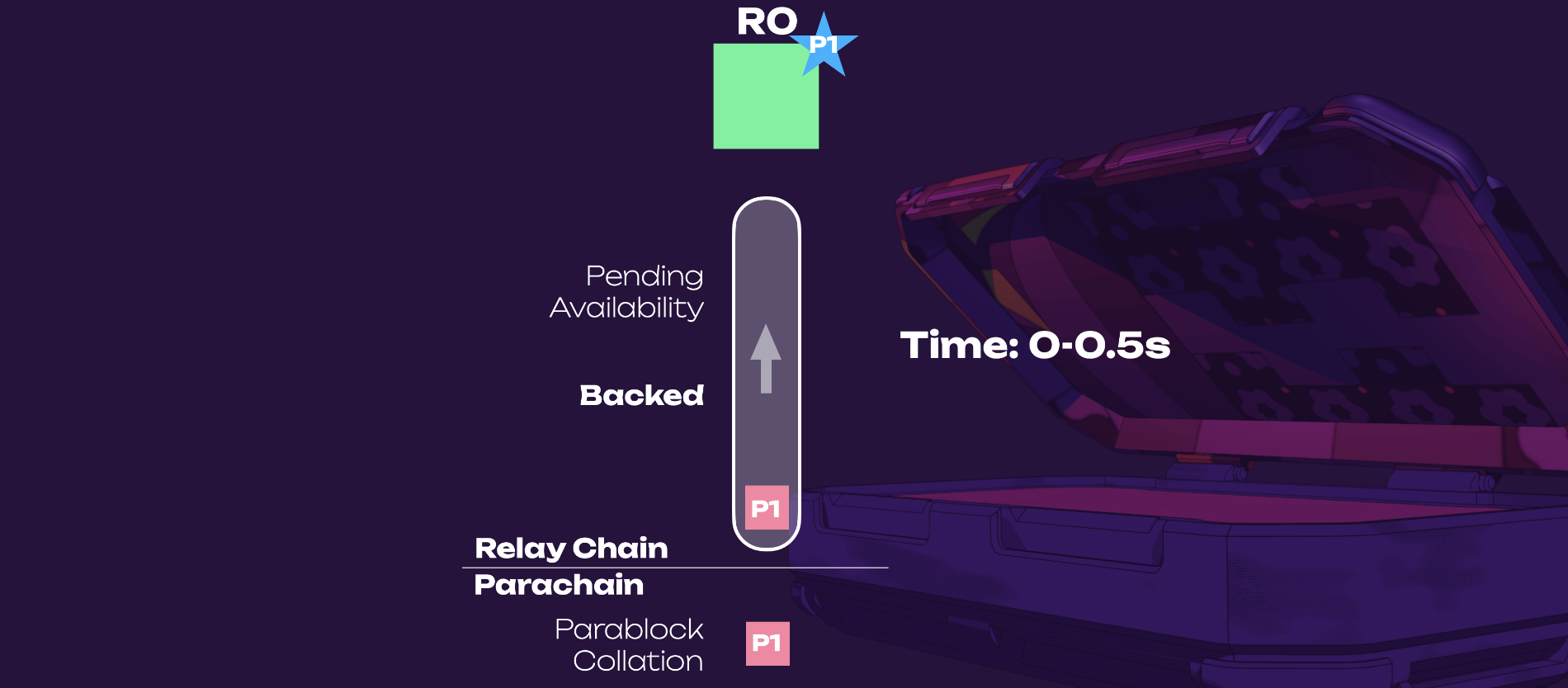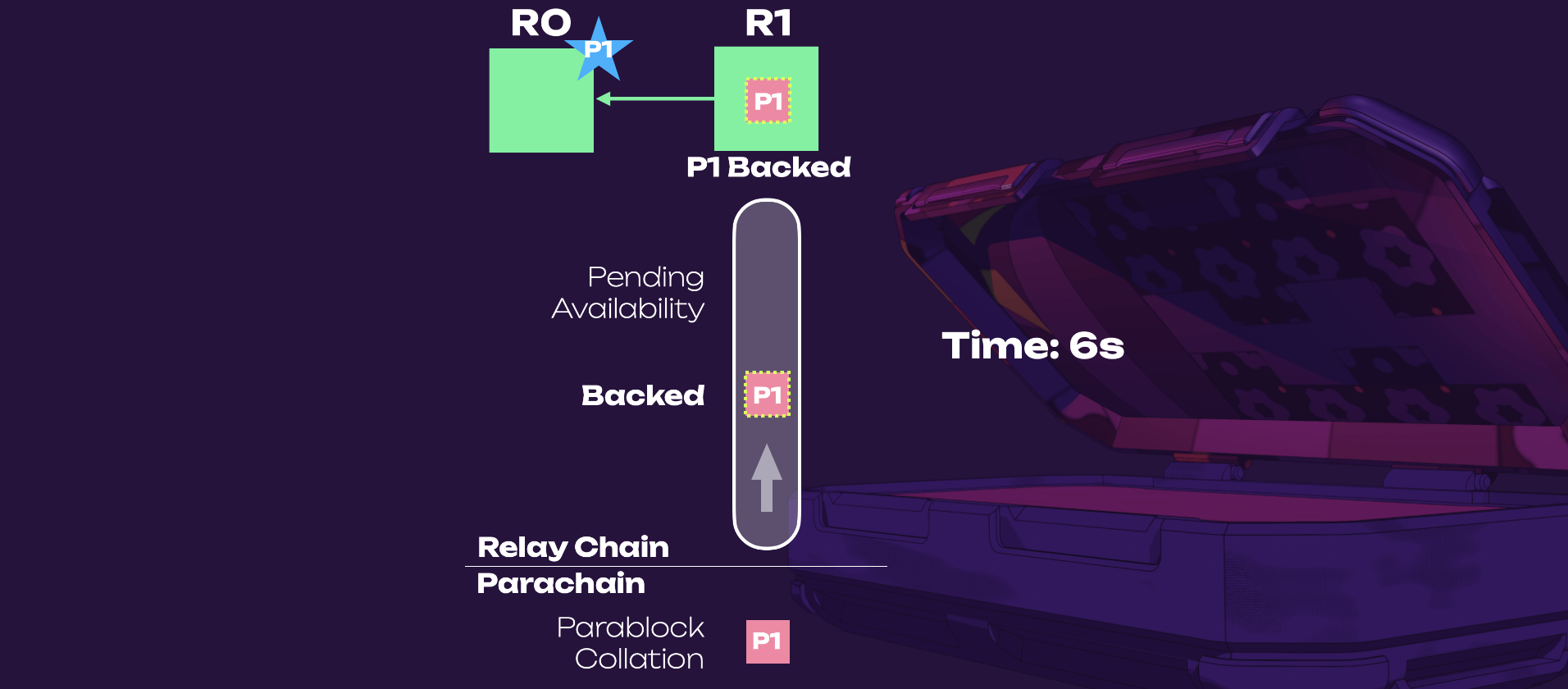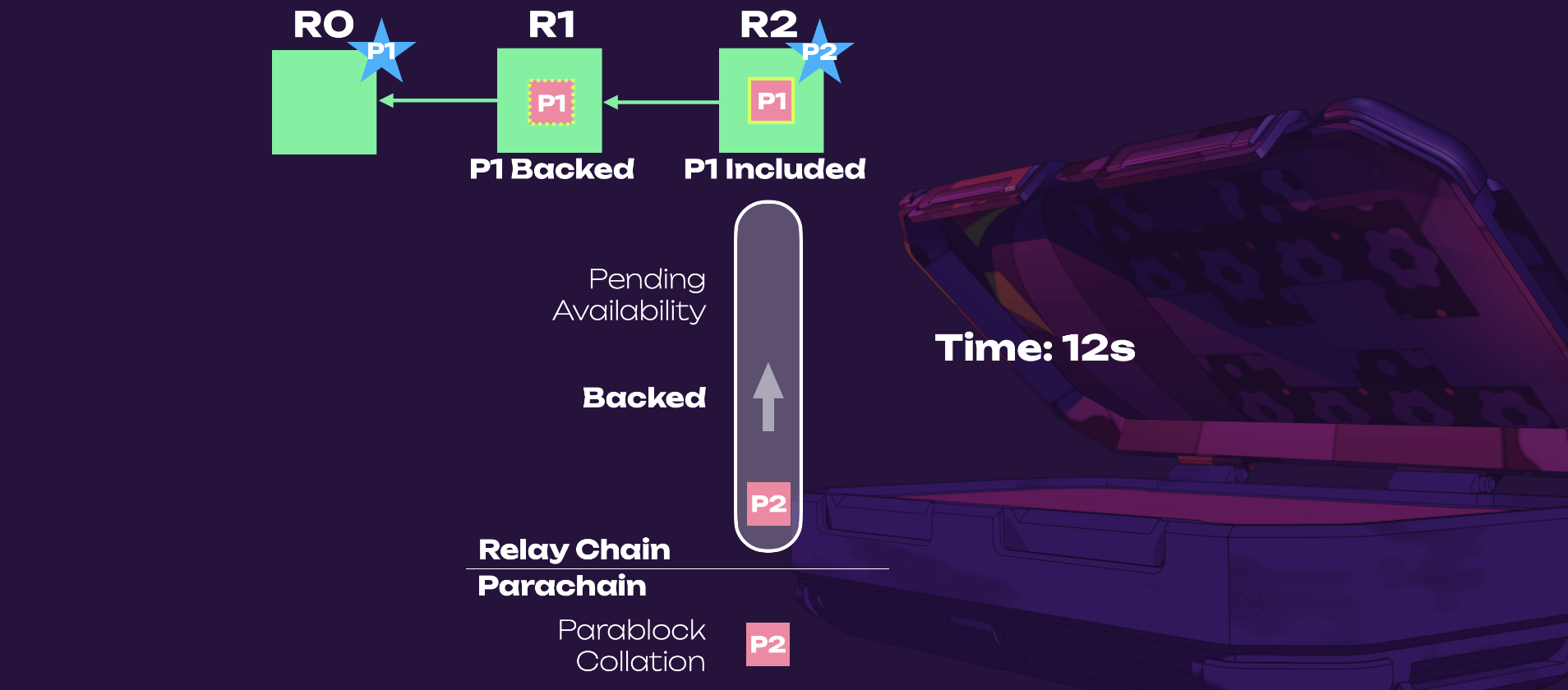Polkadot's Synchronous Backing Explained
Polkadot is a relay chain dedicated to relaying blocks from its parachains (parallel chains), ensuring their security and interoperability. Parachains are independent blockchains interacting with Polkadot through its cores. Currently, winning a slot auction allows a parachain to access a core. Unlike standalone blockchains, parachains on Polkadot don't need to establish their financial security or create bridges to connect with other chains. Polkadot provides shared security and secure interoperability for its parachains.
So, how does Polkadot secure its parachains? Parachains employ collators to produce parablocks and Proof of Validity (PoV). These parablocks and PoVs undergo validation by Polkadot's validators. The validation process involves several steps, the first being the backing process.
At present, the backing process is synchronous, meaning parablocks are produced and backed in synchrony (1-to-1) with relay chain blocks. To understand synchronous backing, imagine a parablock (P1) first created and filled by collators, sent via a conveyor belt for backing, and inclusion in a relay-chain block. It's important to note that Polkadot cores are occupied during the availability phase, after backing and before inclusion (not shown).
In synchronous backing, collators have a maximum of 0.5 seconds to fill and place the parablock on the conveyor belt, as the parablock must be backed within 6 seconds. Each parablock has a relay parent (e.g., R0 with P1-star means R0 is the relay parent of P1). In synchronous backing, the relay parent is the latest relay block with information about the latest ancestor (where ancestors are parablocks older than P1).
After 6 seconds, P1 is backed in relay chain block R1. Following 12 seconds from its creation, if valid and available, P1 will be included in relay chain block R2. Only after the inclusion of P1, can collators create and fill up the next parablock P2. A parablock is included in the relay chain every 12 seconds.
To summarize, in synchronous backing, parachains have only 0.5 seconds to include transactions in parablocks, rushing to be backed within 6 seconds. Only one parablock can be on the conveyor belt at a time, meaning the next parablock can only be produced after the previous one has been included in the relay chain, i.e. every 12 seconds.
More information about synchronous backing can be found on the dedicated page on the Polkadot Wiki.
🔥 Web3 explained from the non-developer's POV. 🚀 Helping Polkadot users explore the ecosystem with confidence. I post daily on socials. Opinions are mine.



0 comments